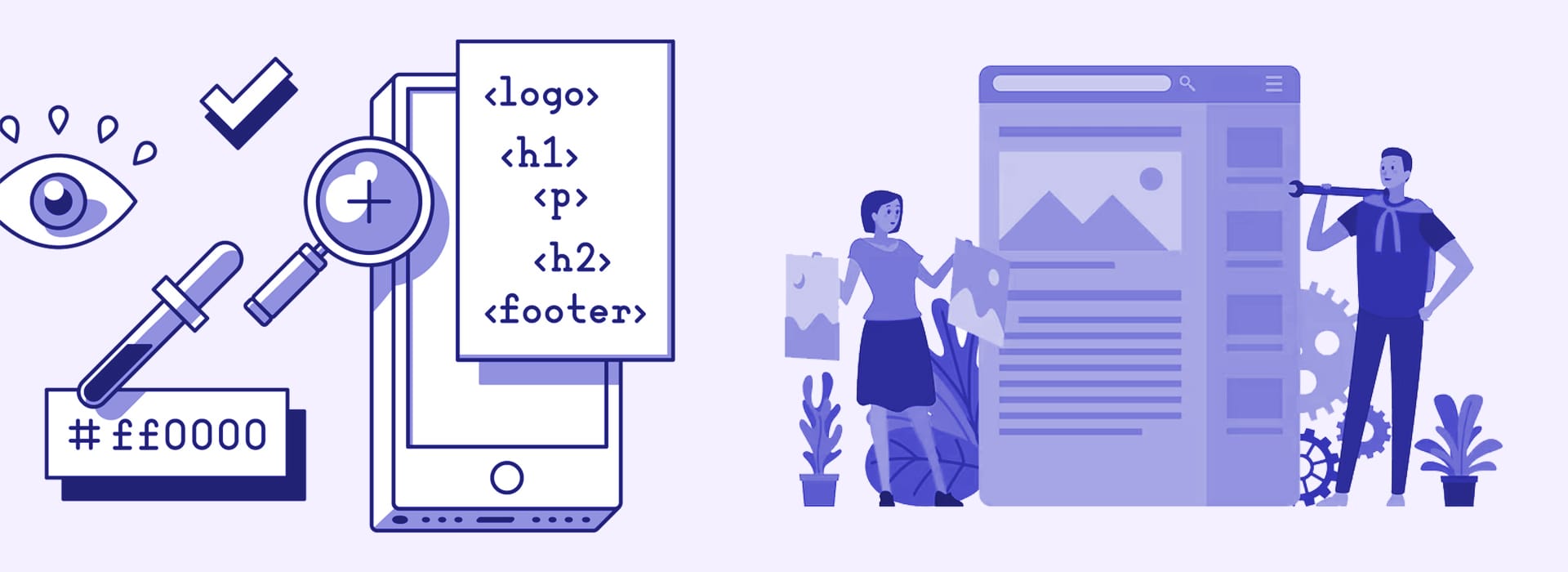How to Write Good Alt Text for Images: Enhancing Accessibility and SEO
In today’s digital world, where visuals play a vital role in conveying information, it is crucial to ensure that everyone, including those with visual impairments, can access and understand the content we create. Alt text (alternative text) for images serves as a textual description of visual elements and is essential for web accessibility. Moreover, well-crafted alt text not only enhances accessibility but also contributes to search engine optimization (SEO). In this blog post, we will delve into the importance of alt text, explore best practices for writing effective descriptions, and highlight its benefits for both users and website owners.
Section 1: Understanding Alt Text Before we dive into the details of writing good alt text, let’s understand its purpose and significance. Alt text is an attribute added to an HTML image tag that provides a text alternative to describe the content and function of an image. It allows visually impaired users to comprehend the meaning and context of images through screen readers or other assistive technologies. Additionally, alt text is useful when images fail to load or when someone chooses to disable image display in their web browser.
Section 2: The Importance of Good Alt Text Now that we recognize the role of alt text in web accessibility, it’s essential to understand why writing good alt text is crucial. Firstly, it ensures equal access to information for individuals with visual impairments, making websites and digital content more inclusive. Secondly, alt text helps search engines understand the content and context of images, improving the overall SEO of web pages. By providing accurate and descriptive alt text, website owners can enhance their website’s visibility and rankings in search engine results.
Section 3: Best Practices for Writing Alt Text Crafting effective alt text involves striking a balance between accuracy, brevity, and relevance. Here are some best practices to consider when writing alt text:
Be Descriptive:
Provide a concise and informative description of the image, conveying its essential details, purpose, and context.
Focus on Content:
Highlight the significant elements and key messages the image conveys, ensuring that the alt text provides a meaningful understanding of the image’s purpose.
Avoid Keyword Stuffing:
While alt text can contribute to SEO, refrain from overloading it with irrelevant keywords. Instead, prioritize clarity and user experience.
Keep It Short:
Aim for brief alt text that captures the essence of the image. While there is no strict character limit, try to keep it within 125 characters to ensure optimal accessibility.
Include Relevant Information:
If the image contains text, such as a quote or important information, make sure to include it in the alt text.
Use Punctuation Sparingly:
Limit the use of punctuation marks in alt text, as screen readers may interpret them literally, potentially disrupting the flow of the content.
Section 4: Alt Text for Decorative Images and Icons Not all images on a website require detailed descriptions. Decorative images, icons, or images with purely aesthetic purposes can be marked as such using null alt text (“”). This approach ensures that screen readers skip over these images, maintaining a smooth reading experience.
Section 5: Testing and Optimizing Alt Text Writing alt text is a continuous process of refinement and improvement. Regularly testing and optimizing alt text ensures that it remains accurate, relevant, and in line with the evolving content and design of your website. Additionally, seeking feedback from visually impaired users can provide valuable insights into the effectiveness of your alt text and help improve accessibility further.
Conclusion
Inclusive web design goes beyond visuals and embraces accessibility for all users. By investing time and effort into writing good alt text for images, we can make our digital content more accessible to visually impaired individuals, while also reaping the benefits of improved SEO. Let’s strive to create a web environment where everyone can access and engage with the content we produce, regardless of their abilities.






